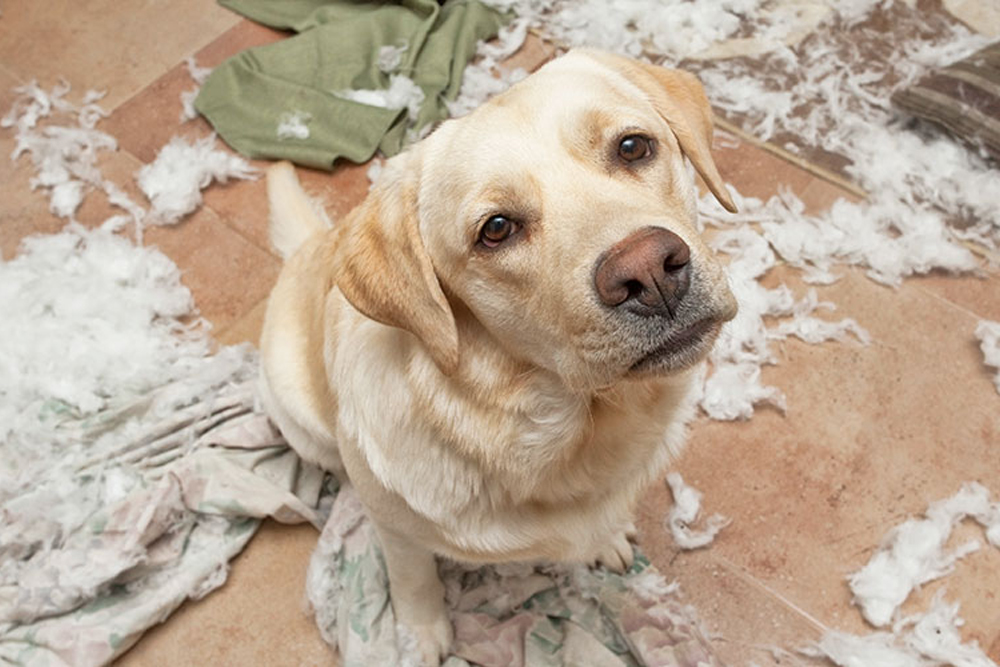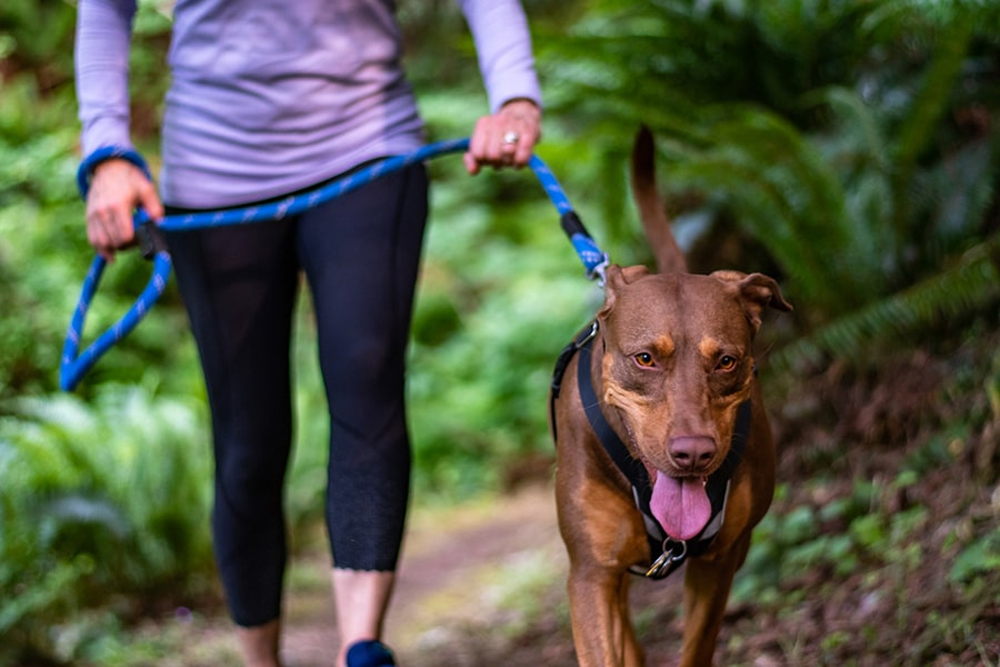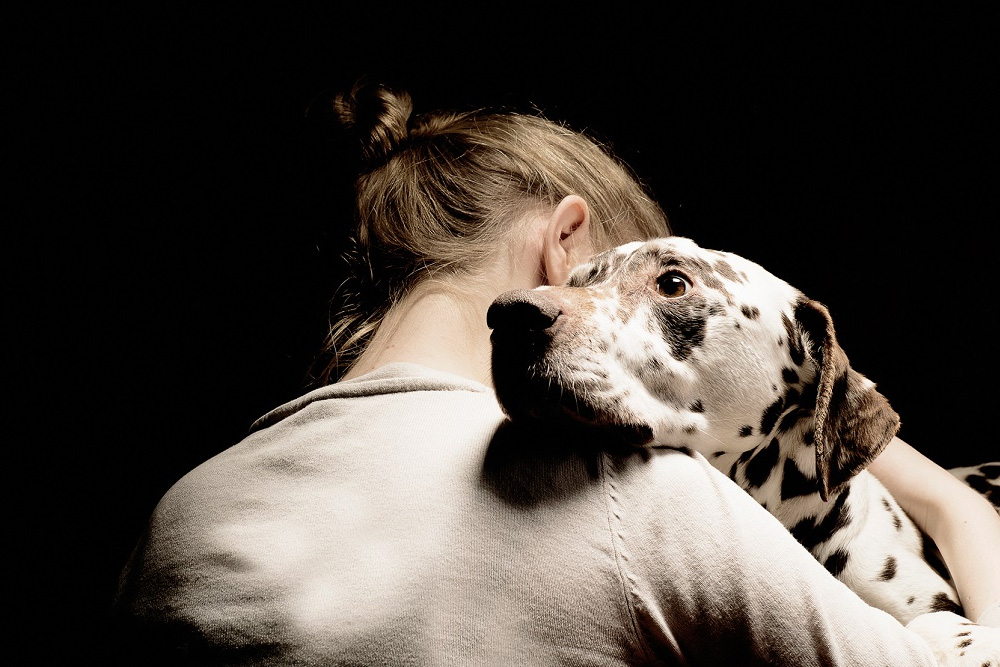Don’t Wait: Take Action Now to Help Your Anxious Pet

Pet, like humans, can experience anxiety, fear, and stress. However, unlike humans, they cannot communicate their feelings effectively. As pet owners, it is our responsibility to understand our furry friends’ behavior and take appropriate steps to help them when they are feeling anxious.
Anxiety in pets can be caused by various factors, such as changes in routine, loud noises, separation from their owners, or even meeting new people or animals. An anxious pet may exhibit symptoms such as excessive barking or meowing, aggression, destructive behavior, or even withdrawal from social interaction.
In this article, we will explore some ways to help your anxious pet feel more comfortable and relaxed. It is essential to remember that every pet is different, and what works for one may not work for another. Therefore, it is crucial to observe your pet’s behavior and understand their needs to provide them with the best possible care.
Related articles
1- Treat Your Pet Like Family: 10 Fun Activities to Do Together
2- Keep Your Pet Healthy and Happy with Regular Veterinary Check-ups
3- How to Keep Your Pets Mind Sharp with Unique Games and Foods!
4- From Fat to Fit: Home Exercises for Your Obese Pet
Tips for Helping Your Anxious Pet
Here are some practical tips to help your anxious pet feel more secure and calm in their environment:
- Create a safe space: Designate a quiet, comfortable area in your home where your pet can retreat when feeling anxious. This space should be free of loud noises and unfamiliar people, and it can be equipped with soft blankets, toys, and a comfy bed.
- Establish a routine: Pets thrive on consistency, so maintaining a regular schedule for feeding, walking, and playtime can help reduce anxiety. This routine provides a sense of security and predictability, which can be reassuring for anxious pets.
- Exercise and mental stimulation: Adequate exercise and mental stimulation are crucial for pets’ overall well-being. Engaging in regular physical activity and interactive play can help release pent-up energy, relieve stress, and provide a healthy outlet for anxious behaviors.
- Positive reinforcement: Reward your pet with praise, treats, or affection when they display calm and relaxed behavior. This positive reinforcement will help them understand that being calm is a desirable state and encourage them to exhibit these behaviors more often.
- Desensitization and counter-conditioning: Gradually expose your pet to anxiety-inducing situations or stimuli while offering positive reinforcement. Over time, this process can help your pet develop a more positive association with these triggers, reducing their anxiety levels.
- Consider calming supplements or medications: Consult your veterinarian about over-the-counter calming supplements or prescription medications that might help alleviate your pet’s anxiety. Always follow your vet’s recommendations and monitor your pet closely for any side effects.
- Exercise and playtime are excellent ways to reduce stress and anxiety in pets. Regular exercise can help your pet release pent-up energy and tension, improving their mood and reducing their stress levels. Playing with your pet, providing toys and games that stimulate their mind, and encourage physical activity can also be helpful.
- Training and socialization can help reduce anxiety in pets, especially for those who are fearful of new situations, people, or animals. Socializing your pet with other animals and people can help them feel more comfortable and less anxious in unfamiliar environments.
- In some cases, medication may be necessary to help an anxious pet. Your veterinarian can prescribe medications such as anti-anxiety drugs or antidepressants to help manage your pet’s anxiety. However, medication should only be used as a last resort and under the guidance of a veterinarian.
- If your pet’s anxiety is severe, you may want to consider seeking the help of a professional. A veterinary behaviorist or animal behaviorist can assess your pet’s behavior and provide guidance on how to manage their anxiety effectively.
How to Know When Your Pet is Anxious
Recognizing the signs of anxiety in your pet is crucial to provide them with the appropriate support. Here are some common indicators of anxiety in pets:
- Excessive barking, whining, or meowing
- Pacing or restlessness
- Destructive behaviors, such as chewing or scratching
- House soiling
- Trembling or shaking
- Hiding or avoiding contact
- Aggression or fear towards unfamiliar people or animals
- Changes in appetite or sleep patterns
Keep in mind that some pets may exhibit more subtle signs of anxiety, so it’s essential to observe their behavior closely and identify any changes. If you’re unsure whether your pet is experiencing anxiety, consult your veterinarian for guidance.
When to Seek Professional Help
In some cases, anxiety in pets can be severe, persistent, or unresponsive to at-home interventions. If your pet’s anxiety is impacting their quality of life or posing a risk to themselves or others, it’s time to seek professional help. Consult your veterinarian, who can recommend a treatment plan tailored to your pet’s needs, which may include behavioral modification, medication, or referral to a veterinary behaviorist.
In conclusion, helping your anxious pet requires patience, understanding, and a willingness to try different approaches. It is important to remember that every pet is different and may respond differently to various techniques. Therefore, it is crucial to observe your pet’s behavior, understand their needs, and work with a veterinarian or animal behaviorist to develop an effective treatment plan.
As pet owners, we have a responsibility to provide our furry friends with the best possible care, including managing their anxiety. By creating a peaceful environment, providing regular exercise and playtime, socializing and training, considering medication, and seeking professional help when necessary, we can help our pets feel more comfortable and relaxed.
Moreover, we must remember that anxiety in pets is a treatable condition, and with proper care and attention, most pets can live happy and healthy lives. As pet owners, we play a crucial role in our pet’s emotional and physical well-being, and by taking the necessary steps to manage their anxiety, we can help them lead a better quality of life.
In conclusion, helping your anxious pet requires time, patience, and commitment, but the rewards are well worth the effort. Your pet will thank you for providing them with the care and support they need to live a happier, more relaxed life.
Sobre o Autor




0 Comentários